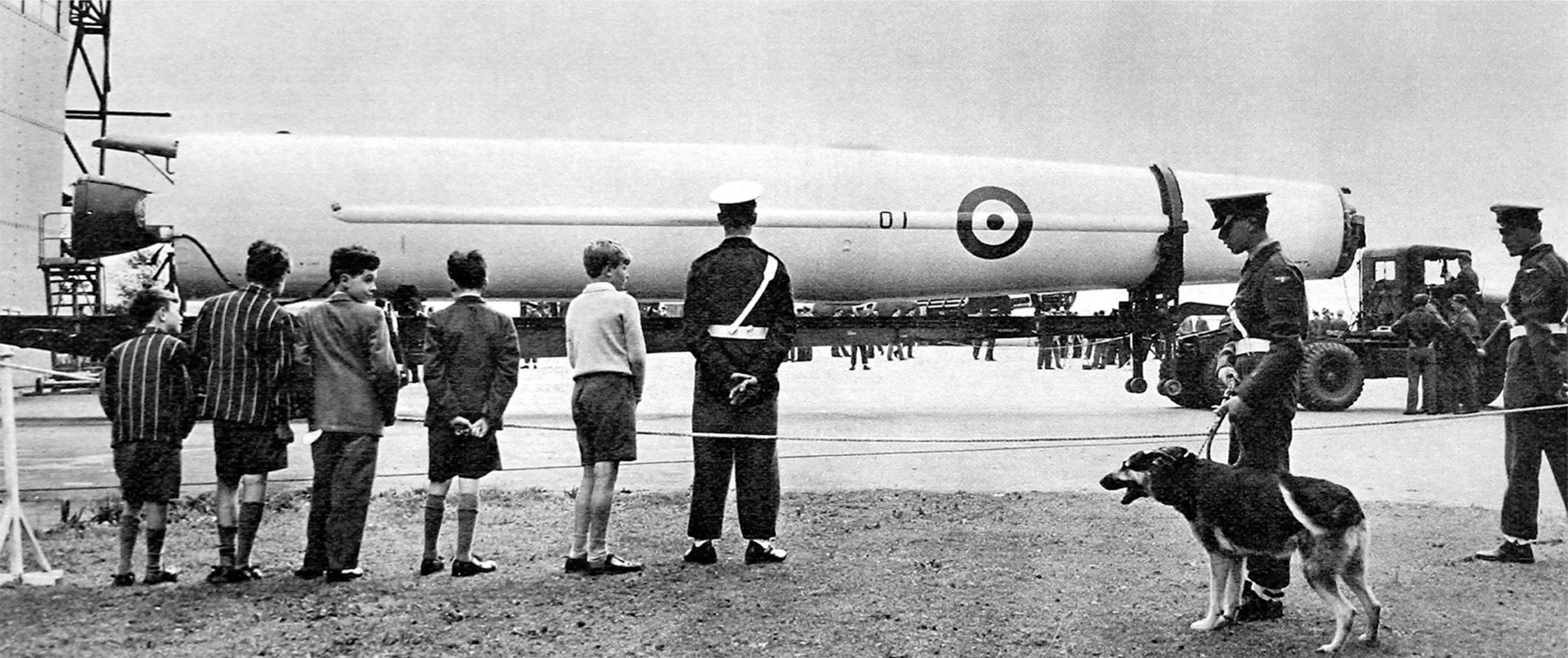The American Promise:
Printed Page 773
The American Promise Value
Edition: Printed Page 719
The “New Look” in Foreign Policy
To meet his goals of balancing the budget and cutting taxes, Eisenhower was determined to control military expenditures. Moreover, he feared that massive defense spending would threaten the nation’s economic strength. Reflecting American confidence in technology and opposition to a large peacetime army, Eisenhower’s “New Look” in defense strategy concentrated U.S. military strength in nuclear weapons and missiles to deliver them. Instead of maintaining large ground forces of its own, the United States would arm friendly nations and back them up with an ominous nuclear arsenal, providing, according to one defense official, “more bang for the buck.” Dulles believed that America’s willingness to “go to the brink” of war with its intimidating nuclear weapons—

Nuclear weapons could not stop a Soviet nuclear attack, but in response to one, they could inflict enormous destruction. This certainty of “massive retaliation” was meant to deter the Soviets from launching an attack. Because the Soviet Union could respond similarly to an American first strike, this nuclear stand-
Nuclear weapons could not roll back the iron curtain. When a revolt against the Soviet-